Imagine… You love entertaining, enjoying dinners with friends, colleagues, and family. However, you don’t have a lot of space in your dining room. Although the kitchen is open to the dining area, the space is tight with a large table, an armoire, and a big chunky wood-burning fireplace. The table is the centerpiece of the room, where friends and family come to gather with good food, good wine, laughter, and a lot of stories to share. The table is where memories are made. The armoire holds the tableware and other keepsakes passed down through the family. The piece of furniture itself is an antique! The fireplace is, well, bulky. Although, there’s noting like the sound, smell, and coziness of a wood burning fire on a cold winter day, it protrudes into the room like a big elephant!
Is the fireplace really worth keeping? What would you do?
The homeowner of this 1980’s single-family home in the Belmont-Hillsboro neighborhood of Nashville, TN decided that her fireplace days were over. The functionality of the space was much more valuable to her than the space-hogging, energy intensive fireplace.
Most people don’t realize it, but fireplaces are a big source of energy loss and comfort complaints. They contribute to the stack-effect, and in many cases are un-insulated. The stack-effect draws warm indoor air up and out of the house through the chimney. The resulting pressure difference sucks in unconditioned and unfiltered air through the walls and up from the crawlspace, carrying with it radon, moisture, mold, and other contaminants. The lack of insulation creates a major heat sink in the house. Although we all love the snap, crackle, and pop of an open fire, most wood-burning fireplaces don’t provide much heat unless they are equipped with an insert.
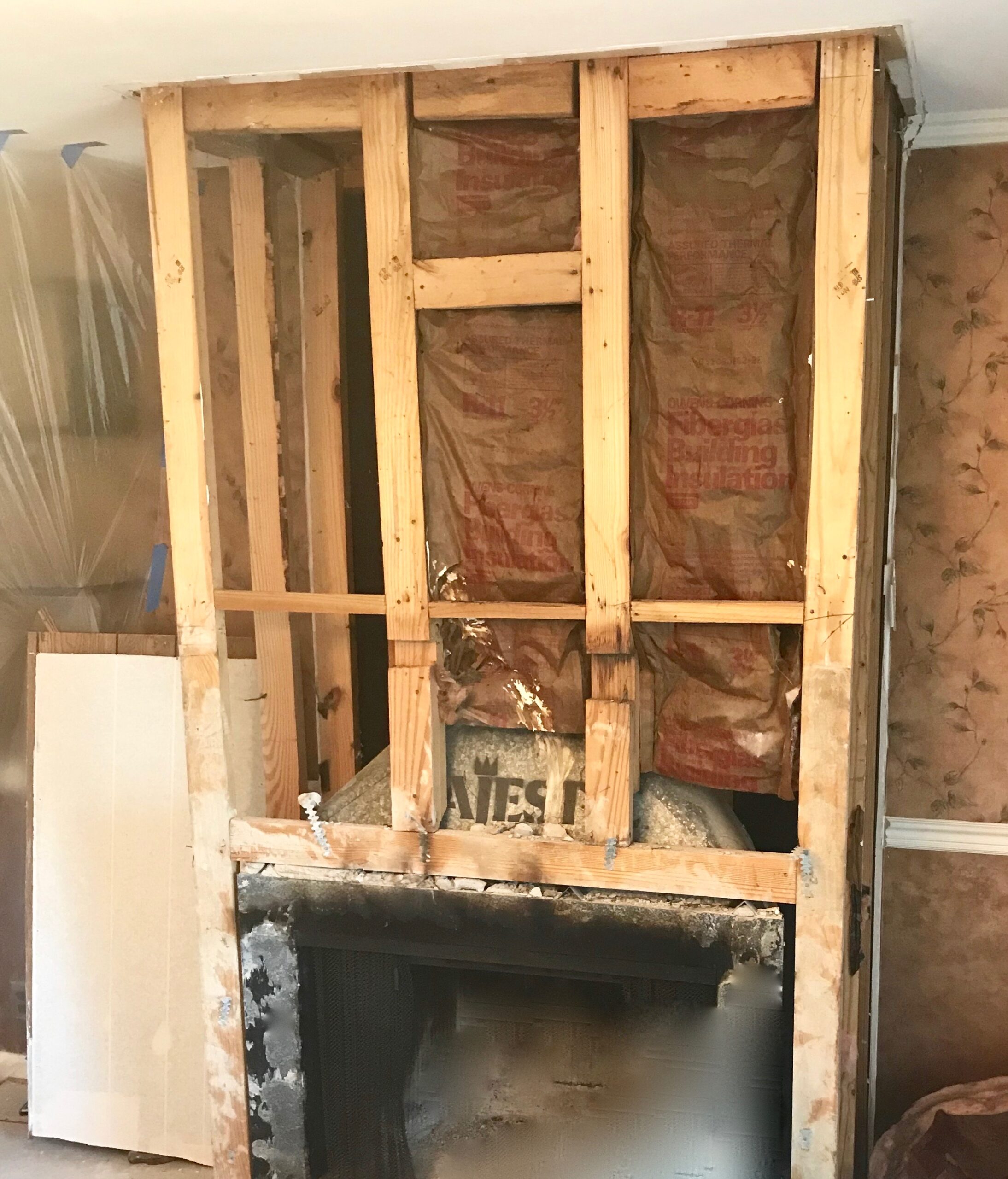
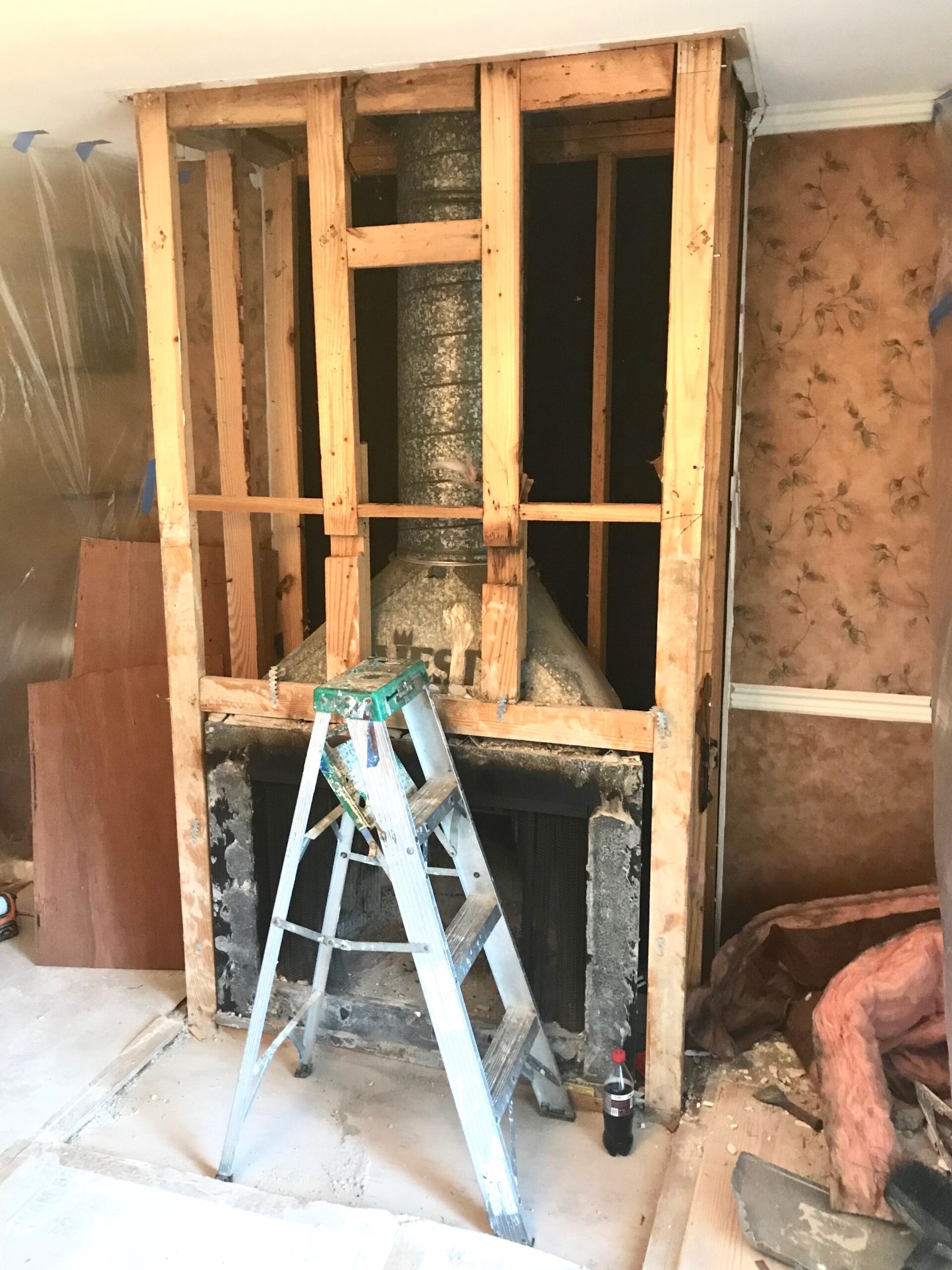
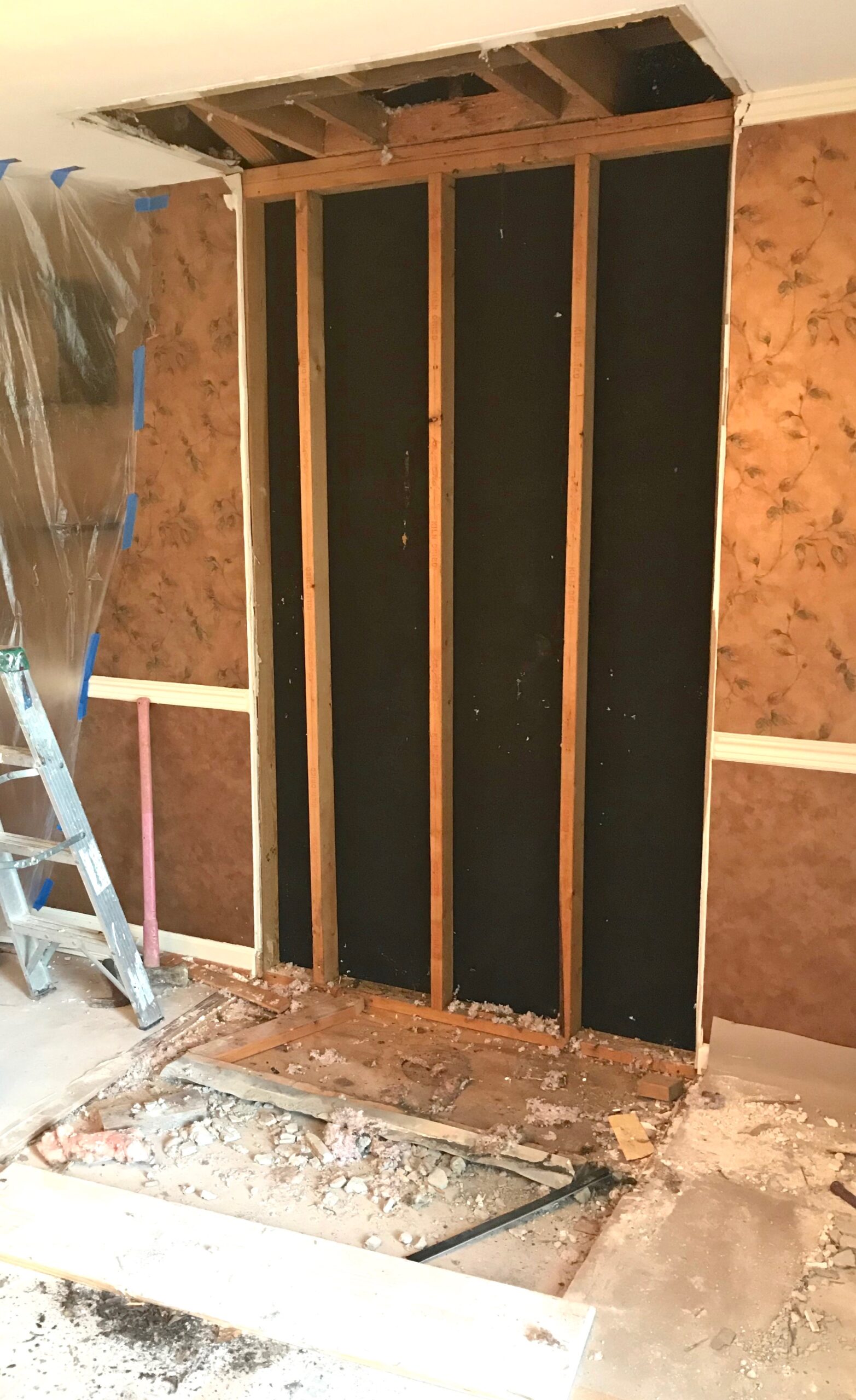
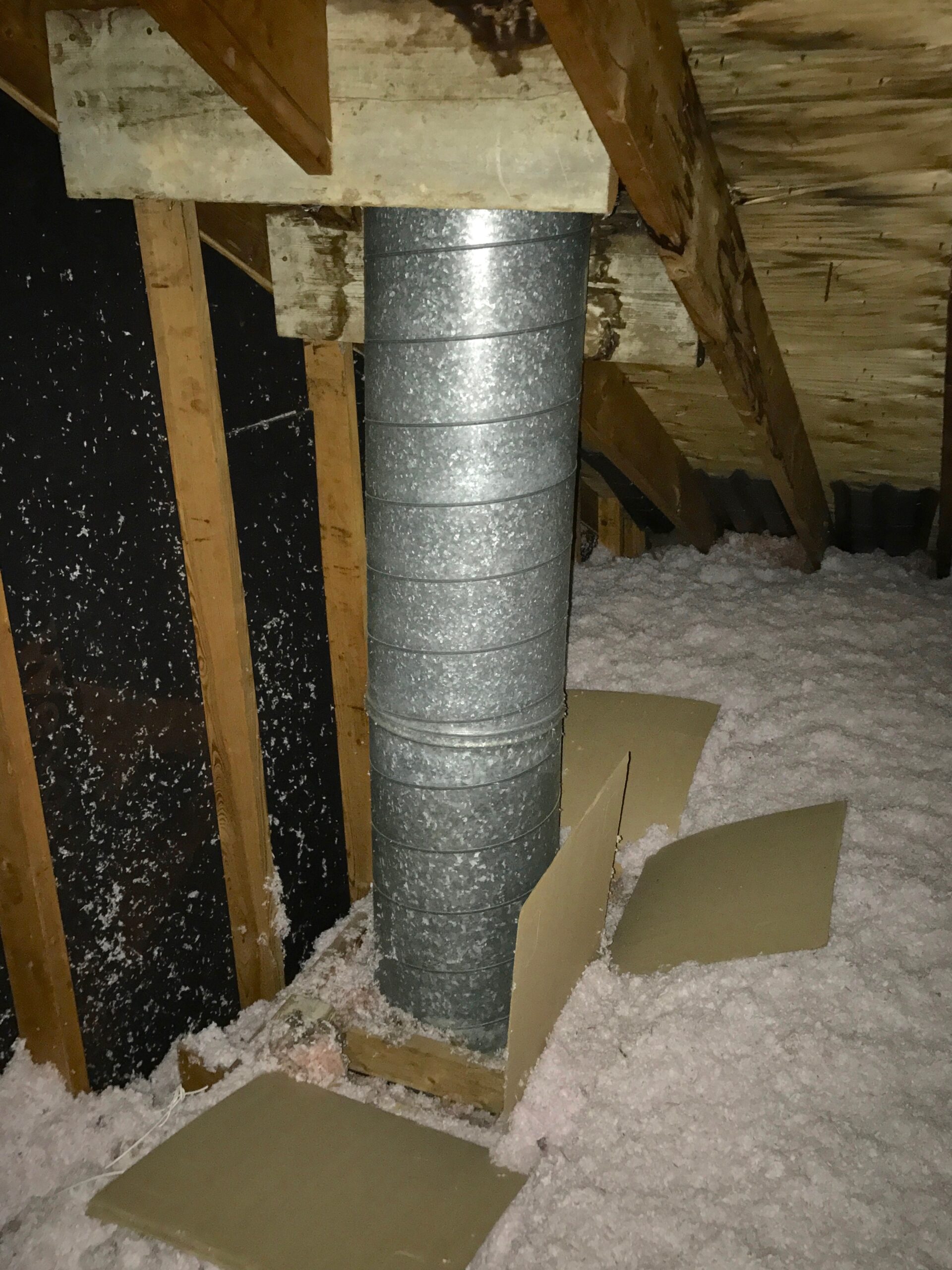
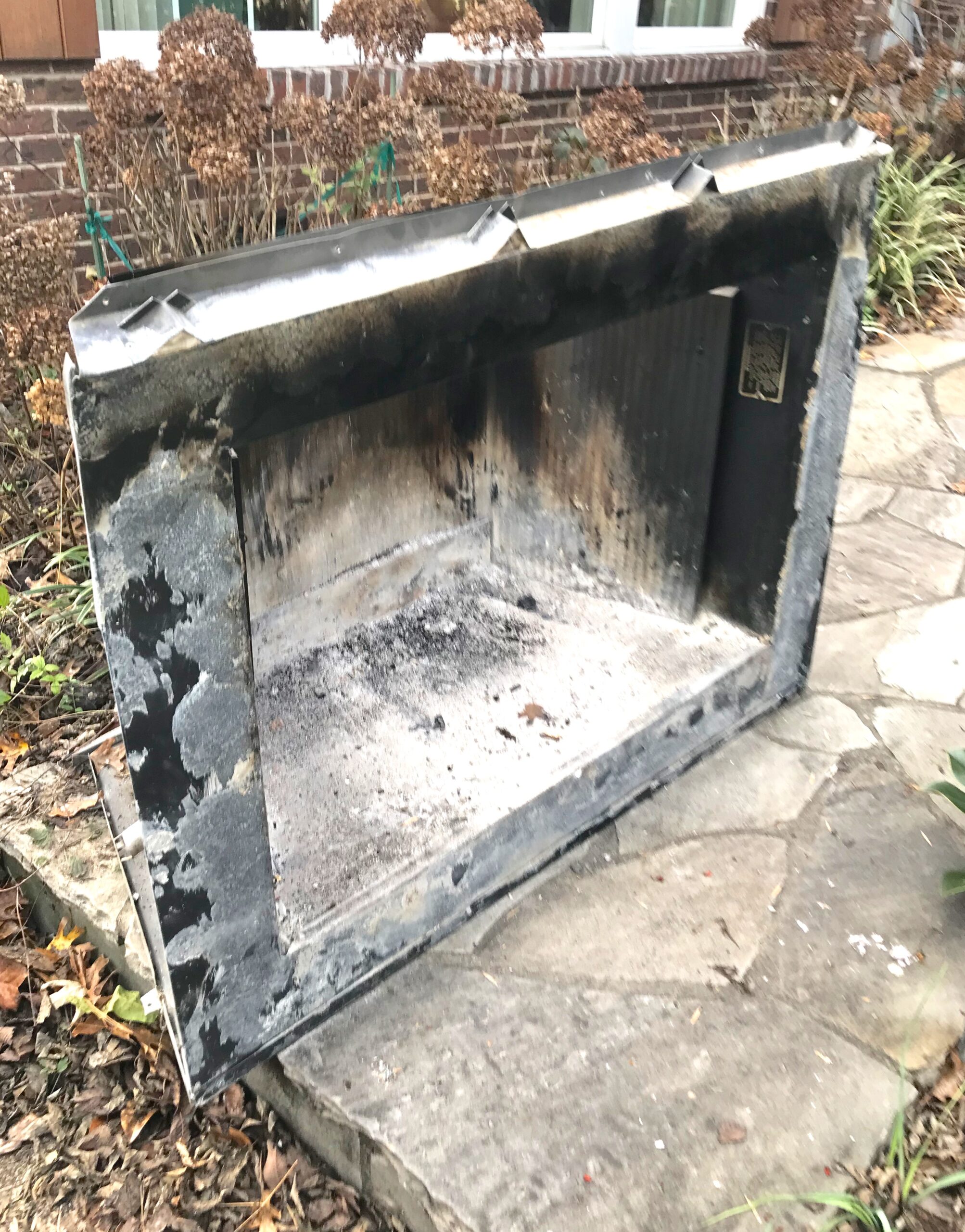
This house was the perfect example of an energy-sucking fireplace. As E3 began the demolition process, we discovered the back of the fireplace was completely un-insulated. The chimney penetration through the ceiling was not well sealed either, which meant that warm conditioned air had an easy escape path. The fireplace was constantly creating negative pressure inside the home, pulling in air from unwanted places – like as the crawlspace.
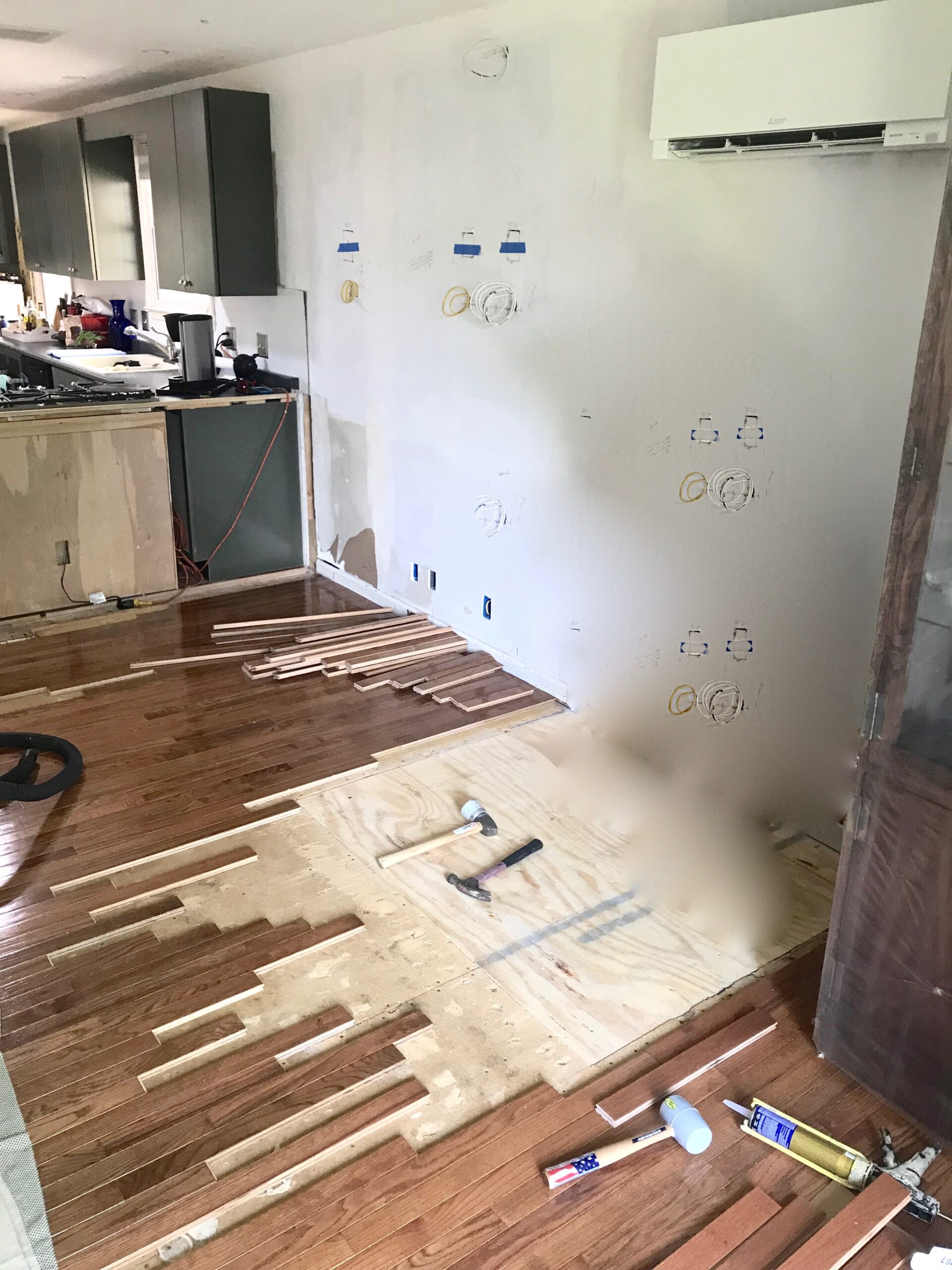
Removing the chimney not only provided a more spacious dining room, it also allowed for the build-out of kitchen storage and counter top space. Not to mention, the house is now more efficient and has much more control over it’s indoor air quality.
Want to remove your fireplace and add more usable space to your home? Call E3 INNOVATE today!










